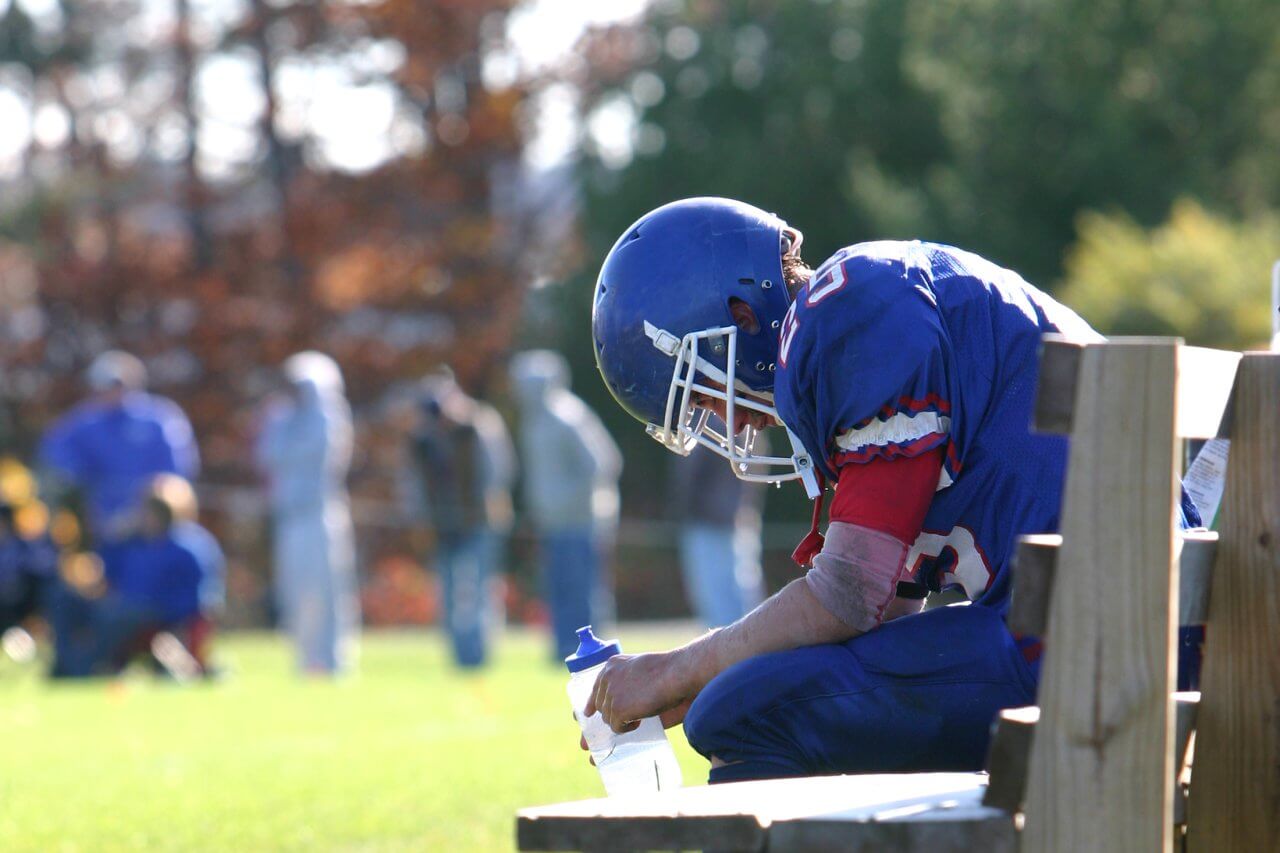Fun Ways to Exercise With Your Kid

What’s one thing today’s kids and parents have in common? It’s likely that neither is moving around enough.
But parents can change that, by working out with their children at every age, teaching them the value of exercise in what hopefully will become a lifelong habit.
“We believe in the high-performance family,” says Eric Hammer, performance training manager and certified strength and conditioning specialist in Louisville. “I want Mom and Dad to come work out with us, but I also want little Johnny and little Susie to work out with us, too.”
Hammer knows that when children see their parents exercising, they absorb that as a habit to be imitated.
Of course, exercise doesn’t have to take place at the gym. There are opportunities throughout life — and throughout a child’s development — to get everyone’s blood pumping. Below are some tips to help you exercise with your kid at any age.
Exercising with Infants
If you have a baby, it can be hard to make time for the gym. But you can use bonding time with your little one as a way to exercise, too.
“Get down on the floor. Crawl around with them. Play with them. Lift them up and down with your arms,” Hammer says. “If you want to get some extra resistance training, pick up your baby and do squats.”
Exercise can be as simple as taking a walk through the neighborhood while pushing the baby in a stroller. Or strap the child into her baby carrier, put on a playlist and dance around the room.
For some splashes of fun, the Baptist Health Milestone Wellness Center periodically offers a Polliwogs swim class for ages 6 months to 2 years, which requires an accompanying parent or guardian.
Exercising with Toddlers
For the tiny humans just beginning to get around on two feet, parents can help them master mobility by creating obstacle courses.
“Put things in their way so they have to stop, step around or step over. Those can be turned into fun games. Have them master walking across the room stepping over five objects of different heights and sizes,” Hammer says.
Toddlers love to run and chase. Parents can get in on the action with a game of tag. Or they can toss balloons or balls to the toddler. Make it a game by not letting the balloon touch the floor.
Tumbling — somersaults, cartwheels and log rolls — is loads of fun on a grassy lawn, burning energy for tots and calories for mom and dad.
Exercising with Preschoolers and Elementary Schoolkids
To make exercise fun for your child, make it feel like a game rather than work, Hammer says.
“Play a game of soccer in the backyard. Go play catch with a football,” he says.
To prevent children from tiring of an activity, parents can change the rules to keep it interesting. For example, you can play tag but require that participants must skip instead of run.
As kids get older, they become more aware of what their parents do, so make sure you’re setting a good example. Small actions, such as choosing the stairs over the elevator or suggesting a pickup game of basketball, will make a lasting impression on your child.
Exercising with Tweens and Teens
As your kids age, they may crave more adventure than you can find in your backyard. Hiking on a nature trail can add some challenge and visual interest to a regular old walk.
“If you want to find ways to progress things and keep it interesting, you can add challenges,” Hammer says. “Say, ‘For the next minute, we’re going to race. Then we’re going to walk.’ You can interval things out. When you get to a hill, say, ‘Let’s run up and down it.’”
Older kids and parents can find a joint sports hobby, such as playing tennis or golf. You can even join a volleyball or softball league together — as long as your teen is game for spending that much time with mom or dad.
The key is not to force your child. You’ve got to take his or her preferences into account, Hammer says.
“You as a parent need to know what makes it fun for you and what makes it fun for your kid. You both need to get enjoyment out of it to reap all the benefits of exercising together.”



